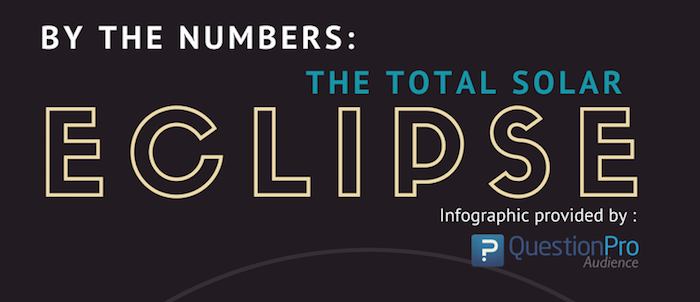 Reading Time: < 1 minute read
Reading Time: < 1 minute readHow Has the Total Solar Eclipse Affected Americans?
There are very few truly great events in this world that sporadically take place. But like clockwork, just as quickly as these events come, these events also are disregarded as the immediate past. Luckily, as researchers, we got to stick around to examine the backend and see how the Total Solar Eclipse affected Americans.
The general consensus? This eclipse was undoubtedly the most-watched, discussed and economically relevant eclipse in history.
Although a solar eclipse happens globally every 18 months, it hasn’t been visible from coast-to-coast in the United States since 1918. In December 2016, NASA announced with the excitement that anyone could view, that they were in preparation for the occasion while presenting an overview at the American Geophysical Union’s Fall Meeting. Americans in return, prepared–and anticipation ultimately led to unexpected results.
From eclipse glasses estimating to have sold over $30+ million dollars, to NASA, who had the best seat in the house, reporting that they peaked at 4.4 million people watching their live stream. Even Facebook, who was also able to photograph the eclipse on top of its Oregon data center, announced that there were 260 million impressions by 66 million people — more than any Super Bowl in the history of the digital era.
QuestionPro Audience compiled the event’s notable data points into the following infographic. Check it out!
Comment below or tweet us @qpaudience to let us know your thoughts!




















